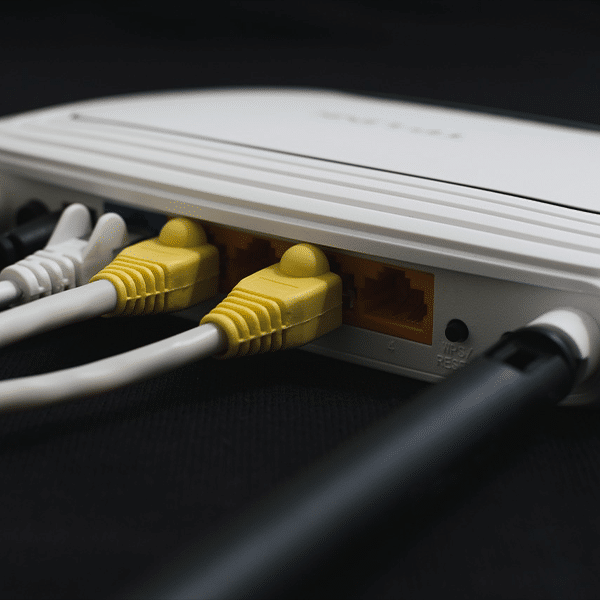 Although AT&T has been facing a range of critics for the company’s video strategy and has had some disappointments on that front, AT&T CEO John Stankey continues to see video as key to the company’s strategy.
Although AT&T has been facing a range of critics for the company’s video strategy and has had some disappointments on that front, AT&T CEO John Stankey continues to see video as key to the company’s strategy.
At an online financial conference today, Stankey evangelized for the AT&T video strategy, while also speaking to the realities and challenges in that market.
The second quarter of 2020 was a particularly difficult one for AT&T, with the company losing nearly 1 million video subscribers, perhaps triggering the company to explore selling its DirecTV unit.
According to Stankey, the numbers illustrate a consumer shift away from traditional pay TV offerings such as DirecTV to subscription video on demand (SVOD) and advertising-supported video on demand (AVOD). An example of SVOD would be Netflix, while an example of AVOD would be the recently launched and well received Peacock service.
AT&T Video Strategy
AT&T launched its SVOD offering HBO Max at the beginning of third quarter, and Stankey pointed to it as an example of where “the momentum is” in the video market. HBO Max launched in July at a price of $15 a month and is aimed at “getting a broader distribution product that can touch more households, have more relations and frankly, give us more insights about how the customer is behaving on any given day.”
While in the past, AT&T could have an attractive business with only a 30% share of a market, market share is becoming less important than having “relationships with most customers,” Stankey said. In that world “we really need products and services that have . . . a lower price point and that can be in more households—that’s why HBO Max is so attractive.”
The offering, which is priced at $15 monthly, represents a “far more attractive and far more reachable price point for virtually any household,” Stankey said. He also noted that “hours of engagement are up substantially” for HBO Max in comparison with the company’s traditional HBO offering.
Some critics questioned AT&T’s handling of the HBO Max launch, but Stankey noted that it took Netflix 10 years to get to where it is today and no one should expect AT&T to see equivalent results so quickly.
The service is at “the front end of a long road,” he said.
Meanwhile, pay-TV has “clearly has seen its peak, Stankey said, noting that the company will manage it as a mature legacy product that “still has value.” In an apparent reference to the company’s AT&T TV offering, which includes traditional pay-TV content streamed over a broadband connection, he said AT&T wants to “drive as many customers [as possible] to software ways of doing business with us in the pay TV market and give us a natural glide path to some of the other entertainment-based products.”
While some people have questioned whether the AT&T video strategy requires the company to be a content owner and creator – a strategy supported by the company’s WarnerMedia acquisition and a key element of HBO Max — there is no denying that unique content can be a key factor in attracting subscribers to a specific streaming option. Consider all the people who signed up for Disney + just to stream Hamilton, for which Disney has a one-year exclusive deal.
In an apparent reference to AT&T’s video content strategy, Stankey went so far as to say that AT&T is “a great storyteller.”
I think AT&T has a lot more work to do before many people associate content and story telling with the company, however.
Stankey made his comments at the Goldman Sachs Communacopia Conference.


